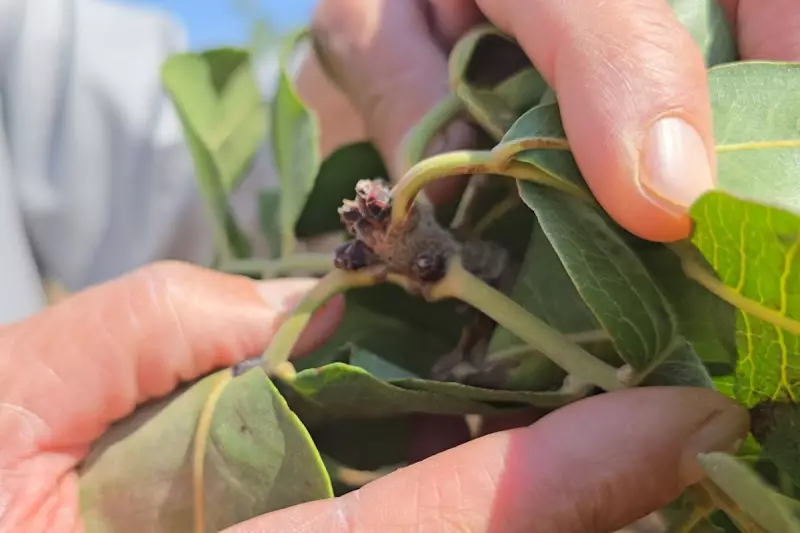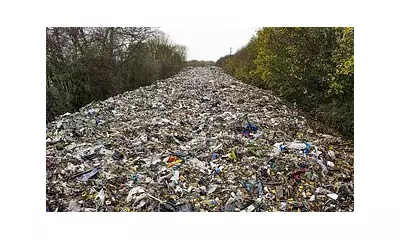
Syrian pistachio farmers who miraculously survived a decade of civil war now confront an even more relentless enemy: climate change. The precious crop known as 'red gold' faces unprecedented threats from drought, pests, and rising costs that could devastate an industry dating back thousands of years.
The Farmer Who Never Left
Imad Sarmani, known locally as Abu Abdo, sits on his balcony overlooking the green expanse of his pistachio farm in Khan Sheikhoun, southern Idlib. The sixty-something farmer has never abandoned his land, not even during the worst violence of Syria's conflict. 'I travelled abroad when the war intensified, but I quickly returned. I will never abandon my homeland,' he tells Independent Arabia.
While his children have sought opportunities in Germany and elsewhere in the Middle East, Abu Abdo remains steadfast, cultivating what he calls his 'treasure'. This year, however, brings different challenges as drought severely affects his pistachio trees.
Climate Crisis Meets Ancient Crop
The Aleppo pistachio market reveals worrying trends. Supervisor Abdul Basit Dalil reports an unprecedented drop in sales compared to previous seasons. Current prices hover around $6 (£4.50) per kilogram locally, while export markets could fetch between $20-30 (£15-20) per kilo if farmers could access them.
The dual threats of drought and pests have created a perfect storm for growers. The capnodis beetle has emerged as a particular menace, emerging between April and August to lay eggs that hatch into tree-destroying larvae. Combined with mealybug infestations, these pests have reduced production by 20-30% according to farmers' estimates.
Mohammed Saeed, a farmer from Suran in Hama countryside, explains the severity: 'The pistachio trees were affected by this problem to the point that they withered, and insects such as the capnodis beetle spread while farmers were away from their land under the former regime.'
Economic Lifeline Under Threat
Pistachios represent more than just a crop in Syria - they're an economic cornerstone. Grown primarily in the northern and southern rural areas of Hama and Idlib, plus the Aleppo countryside, with smaller cultivation in Homs and Suwayda, these trees have sustained communities for generations.
The historical significance of Syrian pistachios cannot be overstated. Evidence of their use dates back to the Bronze Age in the Mediterranean basin, specifically in Aleppo. Romans later introduced them to Europe in the first century AD, bringing them from Syria.
Despite the challenges, Muhammad Kishto, Head of the Federation of Syrian Chambers of Agriculture, offers some reassurance. He notes that pistachios follow an alternate bearing cycle, producing heavy crops one year followed by lighter yields the next. 'Production is expected to increase by 50 to 55%,' he estimates.
However, farmers like Abu Abdo see a grimmer reality on the ground. Holding a barren tree branch, he explains: 'These are pistachio trees, but they won't bear fruit next year because the drought caused the fruit to fall off. Normally, between 5 and 10% of the fruit would remain on the trees, but they've all wilted, so we can expect a poor harvest next year.'
As farmers and traders look to export markets to offset losses from declining yields and rising costs for fertilisers, electricity, and fuel oil, the future of Syria's 'red gold' hangs in the balance - threatened not by war this time, but by the changing climate that respects no borders or ceasefires.





